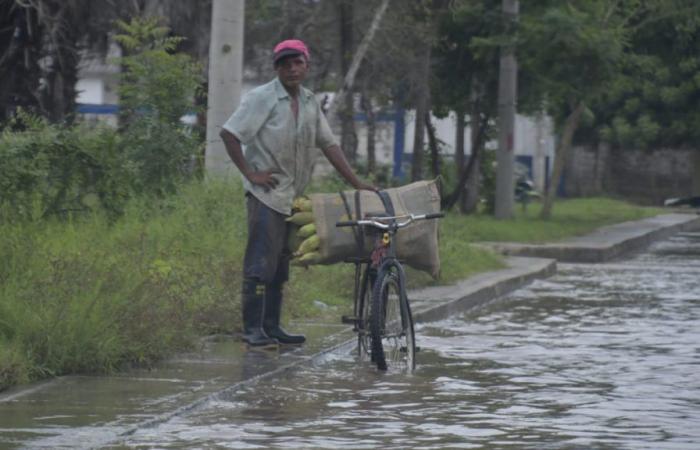To face the arrival of the rains from June to September in the national territory, the National Unit for Disaster Risk Management (UNGRD) announced the actions to be taken to guarantee the protection of all citizens due to possible emergencies.
“With the guidelines we issued at the National Unit, we invite local authorities, entities of the National Disaster Risk Management System and communities to prepare and be aware of the forecasts, work on prevention and get ready for the heavy rains that may occur at the end of the year with the possible influence of the La Niña phenomenon,” said Carlos Carrillo Arenas, general director of UNGRD.
In this regard, the unit mentioned that historically, the national territory is more prone to forest fires, rising temperatures, frosts, droughts and water shortages at this time.
Likewise, he reported that it is very possible that excess rains, sudden floods, mass movements, torrential floods, gales, thunderstorms, hailstorms and fog will continue to be recorded.
He also said that, normally, from mid-June onwards, there is a decrease in rainfall in a large part of the Andean region, in areas of the centre and north of the Caribbean region and in some areas of the Orinoquía. A situation that becomes more noticeable during the months of July and August.
However, the Ungrd clarified that this possible decrease in the intensity and frequency of rain does not mean that it stops raining completely nationwide or in the regions most likely to experience a decrease.
It should be noted that, in addition to the conditions of this time, there is a tropical cyclone season that appears to be very active this year. The forecast indicates that category events amount to 21 this year, in contrast to the annual average which is usually 14.
Of these 21, 11 are expected to become hurricanes when the average annual occurrence of hurricanes is seven and, in turn, it is likely that at least five of them will become systems of category greater than 3, 4 or 5. A complex scenario taking into account that these categories are where the most damage and losses usually occur.
Continue reading…


